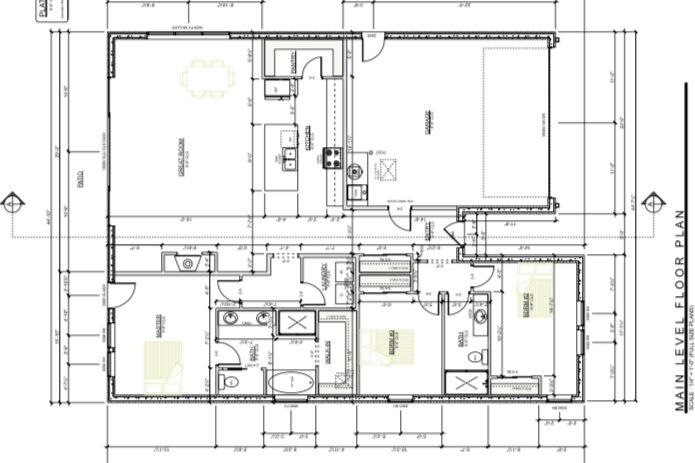
High performance homes
A high performance home sets the bar higher for quality, comfort, durability, indoor air quality, healthy materials and energy efficiency.
Make it last.
Dream it.
While many attributes of a high-performance home are aimed at reducing energy costs, these homes also provide a superior living environment and make for a sound investment. Homeowners, builders and remodelers who set their sights on a high-performance home aren't just reducing greenhouse gases, promoting energy independence and creating jobs—they're creating more comfortable, durable and healthy homes.
Build it.
Insulating concrete form or (ICF) is a system of formwork for reinforced concrete usually made with a rigid thermal insulation that stays in place as a permanent interior and exterior substrate for walls, floors, and roofs. Concrete walls may last in excess of 100 years with minimal maintenance required to the walls. This is at least 4 times longer than traditional construction.
Breathe it.
We spend 90% of our lives indoors, yet the EPA has reported that indoor air quality is poorer than outdoor air. We bring fresh outdoor air inside with an Energy Recovery Ventilator (ERV). It conditions and filters the incoming air-supplying your family with healthy indoor air 24/7.
Another benefit of using an ERV is that it transfers heat and moisture between incoming and outgoing airstreams. This means it takes much less energy to heat/cool the air you bring into your home, ultimately saving you money on heating and cooling costs.
The HERS Index was created by RESNET in 2006
It is a nationally recognized system for inspecting and calculating a home’s energy performance
A HERS Index score is generated based upon the results of an energy rating by a certified rater
Several components of testing criteria are compiled using field equipment and a specialized software program to generate the individual home scores




